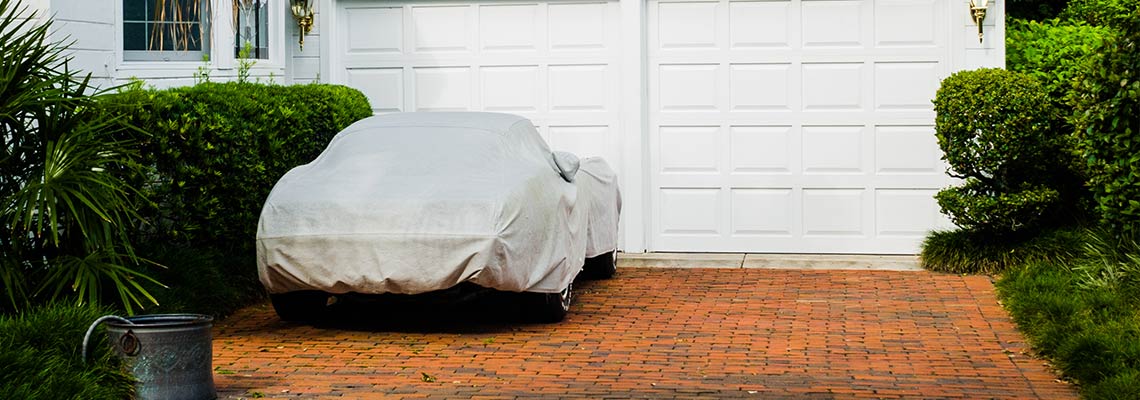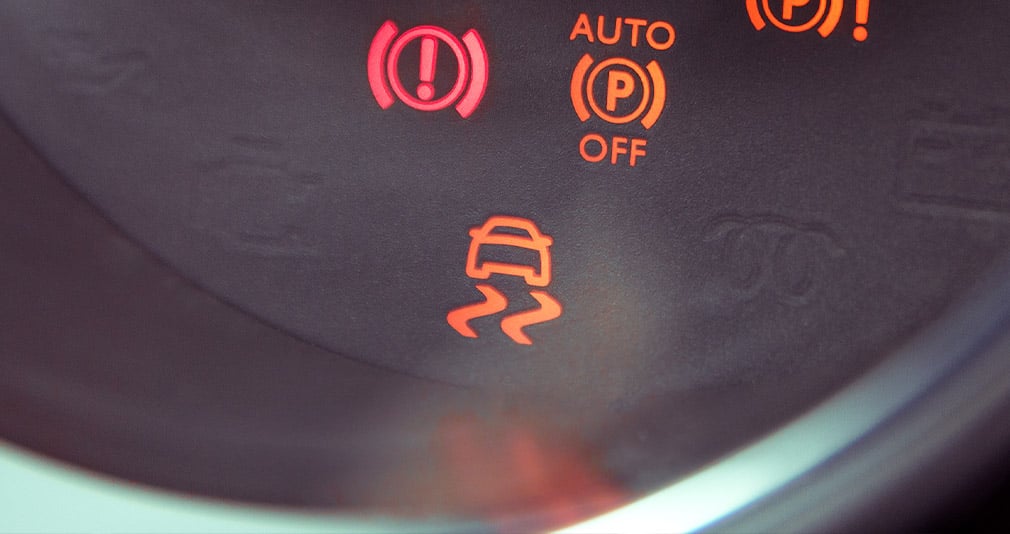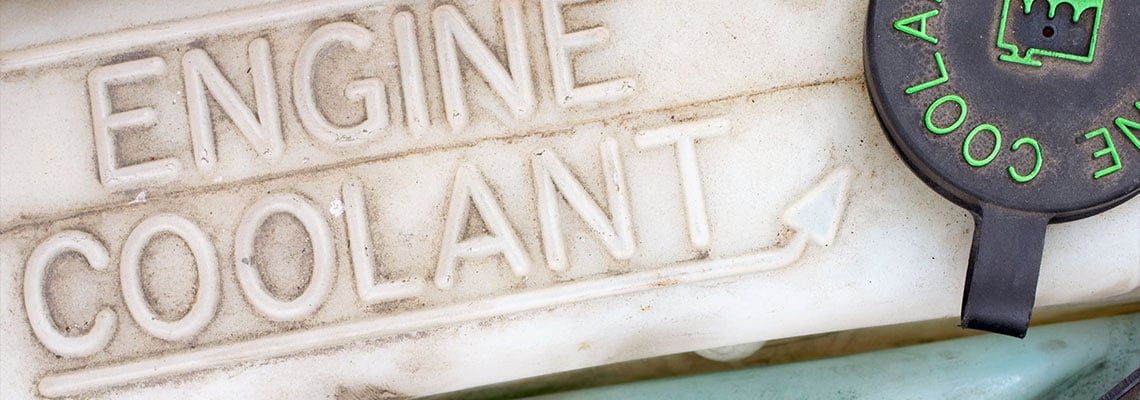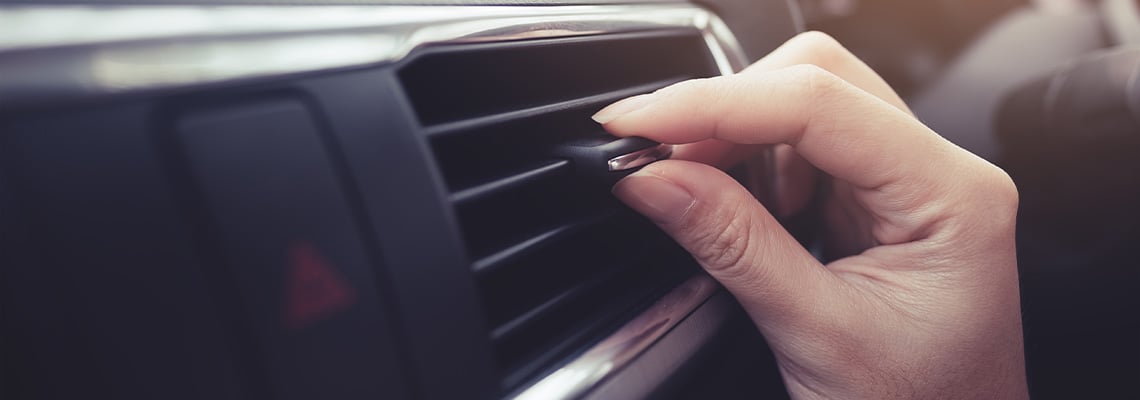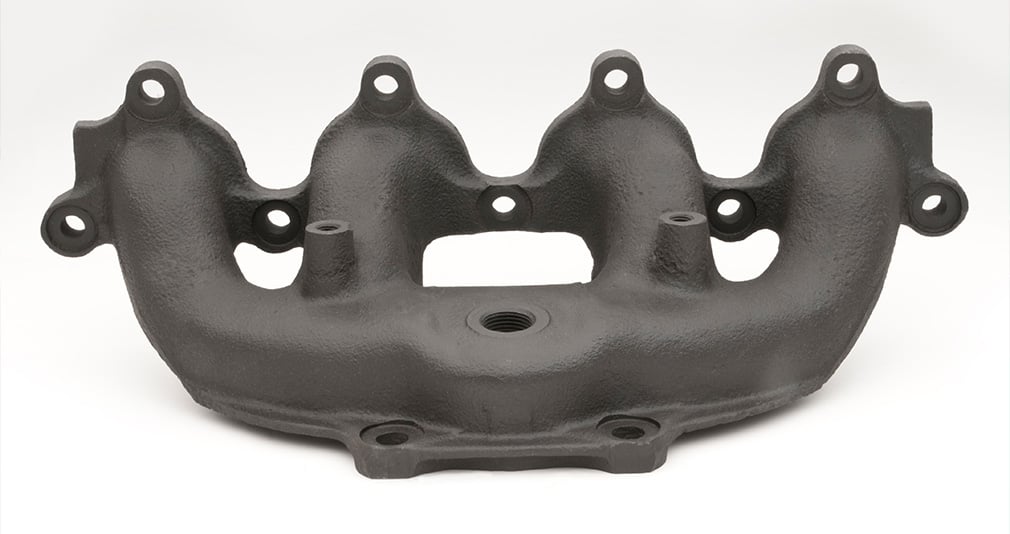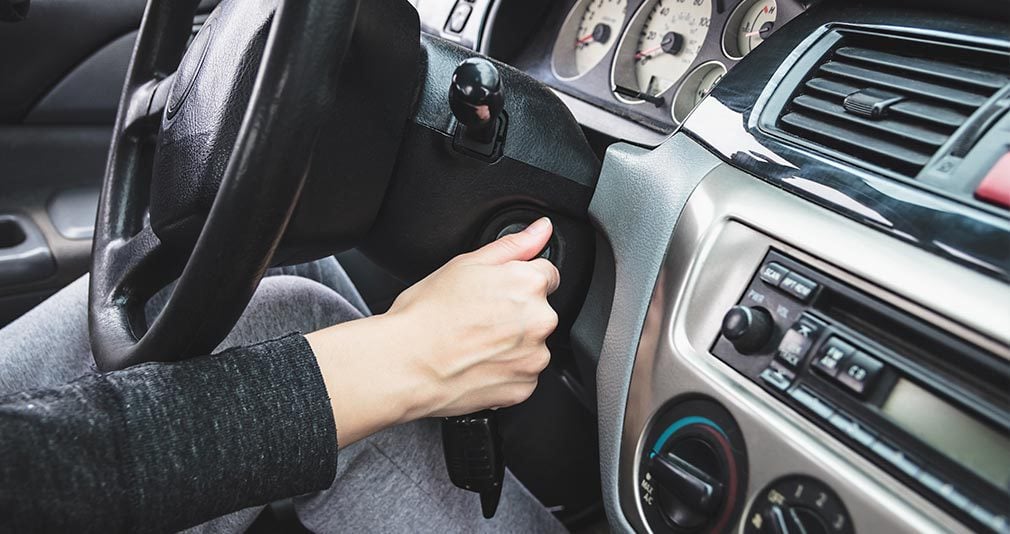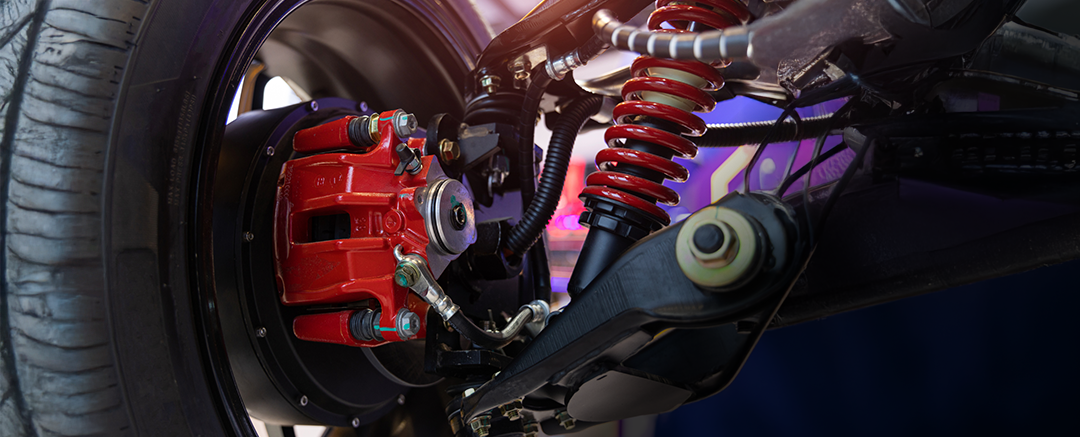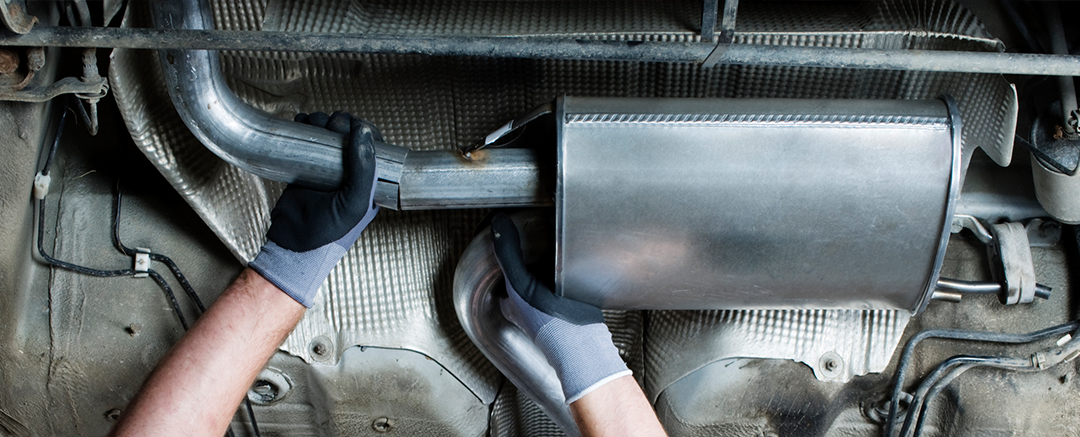During a typical summer, you’d probably be racking up the mileage on your family car. Running the kids back and forth to camp and other activities, taking a family vacation or weekend getaways and driving to and from work all start adding up quickly.
But this year is anything but typical, and that could mean your car isn’t spending nearly as much time on the road as it’s used to. It may have spent most of the spring (and a good part of the summer) sitting in your driveway or garage while you worked from home and the kids were, for the most part, confined to home activities as well.
My Car Has Been Sitting for Months Due to COVID-19. What Should My Car Maintenance Checklist Look Like?
While driving your car less frequently had some positive side effects — such as eliminating daily wear and tear on your car and saving you a lot of money on gas — it also means that a few things got ignored. Before you resume your daily driving routine, you need to go over your car maintenance checklist. Here are a few things that you need to have checked out.
Tires
It’s easy to take them for granted, but tires are arguably the most important part of your vehicle. After all, you’re not going anywhere without them! If your car has been sitting for a few months, it’s quite likely that you’ve lost air pressure. Before driving, check your tire pressure and make sure they’re inflated to the recommended PSI. Then look for any flattening, bulging or other signs of damage.
Undercarriage
Hopefully, your car has been parked on concrete or gravel, but if it’s been sitting on a grassy area or a dirt driveway, it could mean the underside of your vehicle has been exposed to a lot of moisture. That can cause rust or can accelerate the rusting process that’s often caused from actions like frequently driving on road salt during winter months. Make sure you have your chassis inspected for any rust or corrosion so you can treat it as early as possible.
Oil and coolant levels
Have your fluids checked to make sure they haven’t leaked and they’re at the proper levels. If your car was due for an oil change before you changed your daily driving routine, make sure to complete this quickly. Wear on your engine increases as the oil level decreases, so staying on top of your oil changes is critical to your vehicle’s longevity. See our page on car fluid top-offs for more information on other critical fluids you should have inspected and refilled.
Hoses and belts
Detecting fraying belts or brittle hoses before they impair your car’s performance will save you time, money and headaches. In addition to looking for brittle or frayed parts, it’s a good idea to look for signs that rodents have decided to take up residence under your hood, which could mean they’ve chewed on your wires or belts.
A trip to your local mechanic can give you the peace of mind that your car is road-ready, and it also can help uncover any issues before they become bigger problems.
Tips for Stay-at-Home Cars
If you aren’t going back to work anytime soon or resuming your normal driving schedule, there are actions you can take to keep your car in good working condition. One of the most important things you can do is take your car out for a spin regularly — even if it’s just for a few minutes. Once a week is ideal, but once every two weeks is as long as you should go between drives. Even a trip to the grocery store or the pharmacy should be enough to give your vehicle the “exercise” it needs.
The top three reasons to make sure you’re hitting the road are:
-
Battery Charge and Health
Firing up the engine is essential to keeping the battery charged. The older your battery is, and the more extreme the weather conditions, the faster it will lose its charge. One of the easiest ways to extend its life is to make sure you’re starting it up on a regular basis. (If you’re not able to go for a drive, you can let it idle, but it’s better if you take it for at least a 10-minute drive.)
-
Tire Longevity
If you aren’t leaving the driveway when you charge your battery, at least move your car backward or forward a few inches. As noted earlier, tires lose air pressure over time. When a car stays in the same spot for an extended period, it can lead to flat spots in your tires. Save money (and your tires) by making sure they get to move around every few days.
-
Fluid Circulation
If your car isn’t being driven, those ever-important fluids in the transmission, brake lines, etc. will stop circulating throughout the vehicle. That can lead to seals drying out or oil settling — none of which is good for your car’s performance.
Use one of those weekly drives to head to the gas station and top off the tank. Filling the gas tank is a great way to keep moisture from accumulating inside the tank, and it plays a role in keeping the seals from drying out.
Also, make sure you continue washing your car regularly. Even if it isn’t going far, it is still being exposed to pollutants and contaminants in the air. Washing your car not only makes it look better, but it protects the paint and reduces the risk of rust. If you know you’ll be parking it between your weekly or bi-weekly drives, cover it with a car cover in between to keep it from collecting dust and grime.
Finally, if you didn’t have a chance to give your car a spring tuneup this year, now could be a great time to do that. Even though many things were canceled this spring and summer, your car still needs to stay on its maintenance schedule so it will be ready to roll when you are.

